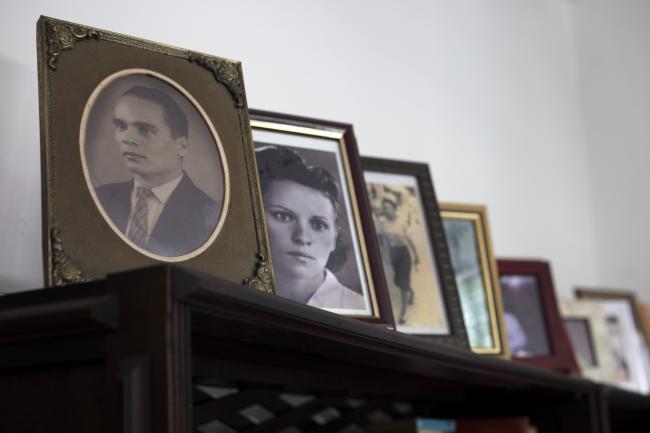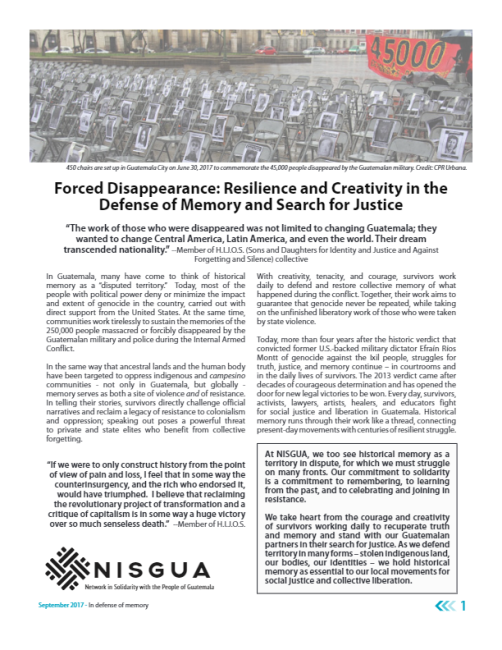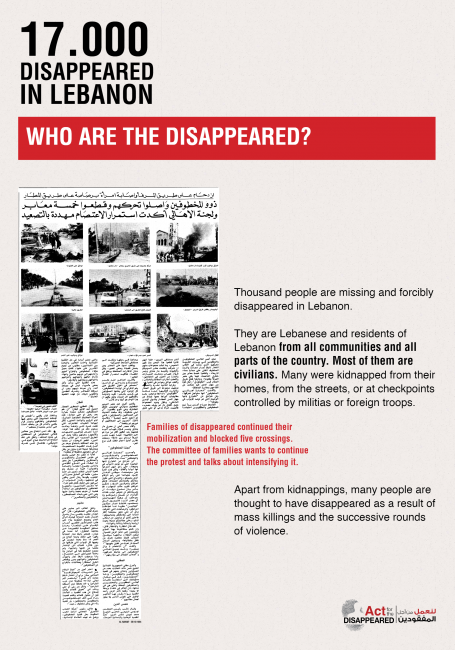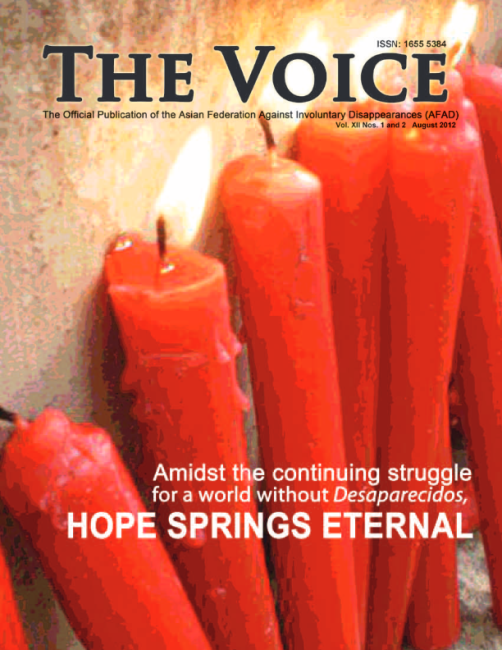
Staged memories: Conflicts and tensions in Argentine public memory sites
The creation of museums, archives and other memorial sites since the start of the millennium has generated debates in Argentina over how and on whose behalf these spaces should be ‘recovered’, what their narratives should account for and who should be in charge of them. Less critical effort has been devoted to what comes next, namely, what happens once memories, in having been turned over to the public space, have become available ‘for everyone’. What conflicts are being unleashed by memory’s inscription in the public realm? This article analyses some of these in relation to the display of images of the disappeared, to exhibitions incorporating sensitive material and to the incorporation within archives and museums of minoritarian memories.







